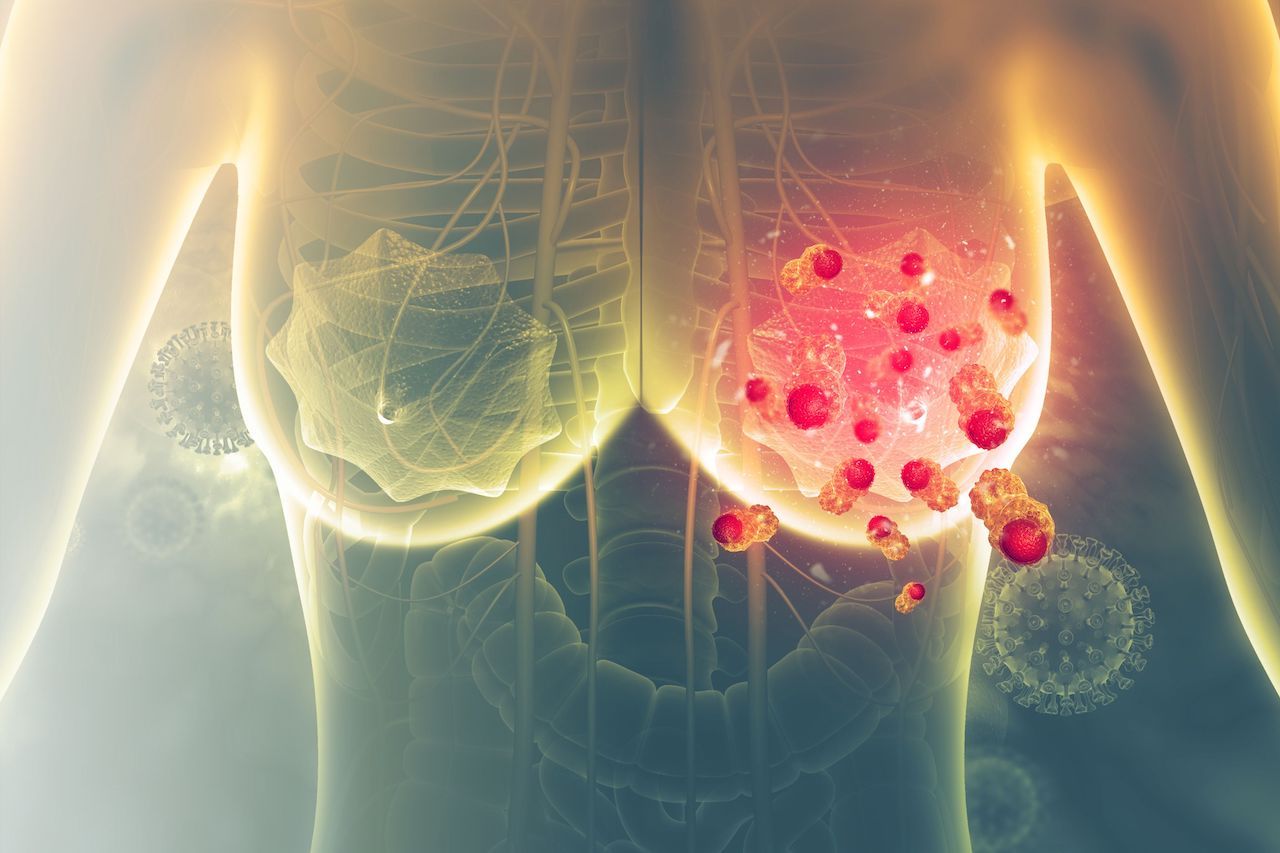Article
Does Treatment Begin and End Sooner With Neoadjuvant or Adjuvant Chemotherapy?
Author(s):
Patients who undergo neoadjuvant chemotherapy tend to be younger, with larger tumors and greater nodal involvement. But differences in their 30- and 90-day mortality rates compared with those of patients treated adjuvantly are clinically insignificant.
Researchers from Fox Chase Cancer Center in Philadelphia, Pennsylvania, recently set out to determine if some physicians’ preference to initiate chemotherapy before surgery (neoadjuvant chemotherapy [NAC]) in patients with breast cancer led to faster initiation of treatment and decreased the total length of treatment compared with adjuvant chemotherapy (AC), or chemotherapy after surgery. Their results were recently published online by the journal Cancer Medicine.
With no study results to base this preference on, the Fox Chase investigators wanted definitive proof the move was advantageous. They investigated these outcomes:
- Comparison of the time to initiation of NAC versus AC
- Total treatment time
- Treatment delay from hospital readmission
- Time from diagnosis to endocrine therapy
It’s important to note that the investigators considered the first treatment for NAC to be chemotherapy and for AC, surgery. To account for possible bias, adjustments were made for age, education, setting (urban vs rural vs metropolitan), treatment at more than 1 facility, histology, clinical T (cT) and N (cN) stages, and phenotype, among others.
Study data were retrieved from the National Cancer Database on 155,606 women at least 18 years old, with newly diagnosed, nonrecurrent, noninflammatory stage 1 to 3 breast cancer diagnosed between 2004 and 2015. All had undergone surgery and received NAC (n = 28,241) or AC (n = 127,365). Their mean (SD) age was 54.4 (11.3) years, and 74.8% were white. Among the chemotherapy subgroups, those in the NAC cohort were younger (51.9 [11.6] vs 54.9 [11.1] years) and had larger tumors (cT stage 3-4 disease: 35.8% vs 4.9%; P <.0001) and greater nodal involvement (cN stage 2-3: 14.4% vs 3.7; P <.0001).
Overall, the results show no significant benefit in time to treatment initiation (TTI) with NAC compared with AC. The unadjusted mean time between biopsy and first treatment was 35.6 (27.5) versus 33.4 (22.9; P <.0001) days, respectively. Factors shown to delay TTI included being a black or Hispanic patient, treatment at a higher-volume facility, and higher income level.
In addition, hospital stays were virtually identical between the NAC and AC cohorts, respectively, following propensity score matching: 1.16 (4.93) and 1.28 (5.90) days. Other rate differences, too, were deemed clinically insignificant:
- Unplanned hospital readmissions: 1.18% versus 1.72%
- 30-day mortality: 0.04% versus 0.01%
- 90-day mortality: 0.30% versus 0.08%
“The bottom line is that, in the United States, if you give chemotherapy first as opposed to performing surgery first, do you start your treatment faster and do you complete your course of treatment faster? Neither,” stated Richard Bleicher, MD, FACS, a professor in the Department of Surgical Oncology at Fox Chase and the study’s senior author. “Unless there is a specific surgical delay you’re trying to avoid, physicians shouldn’t change the order of treatment just because they assume it’s more efficient.”
Reference
Melchior NM, Sachs DB, Gauvin G, et al. Treatment times in breast cancer patients receiving neoadjuvant vs adjuvant chemotherapy: is efficiency a benefit of preoperative chemotherapy [published online February 25, 2020]? Cancer Med. doi: 10.1002/cam4.2912.





